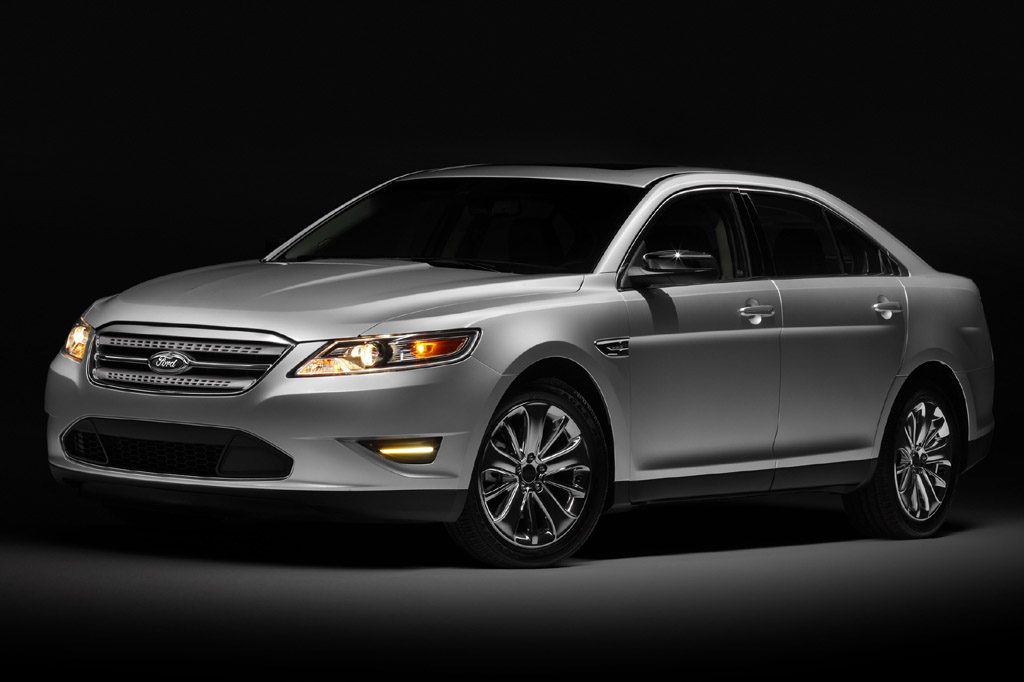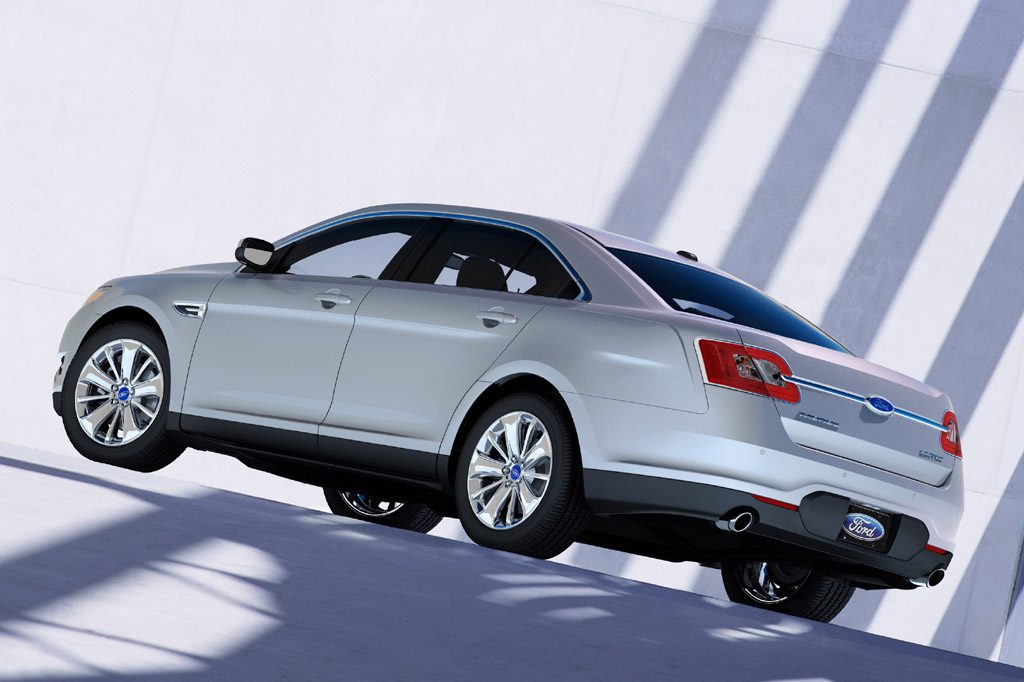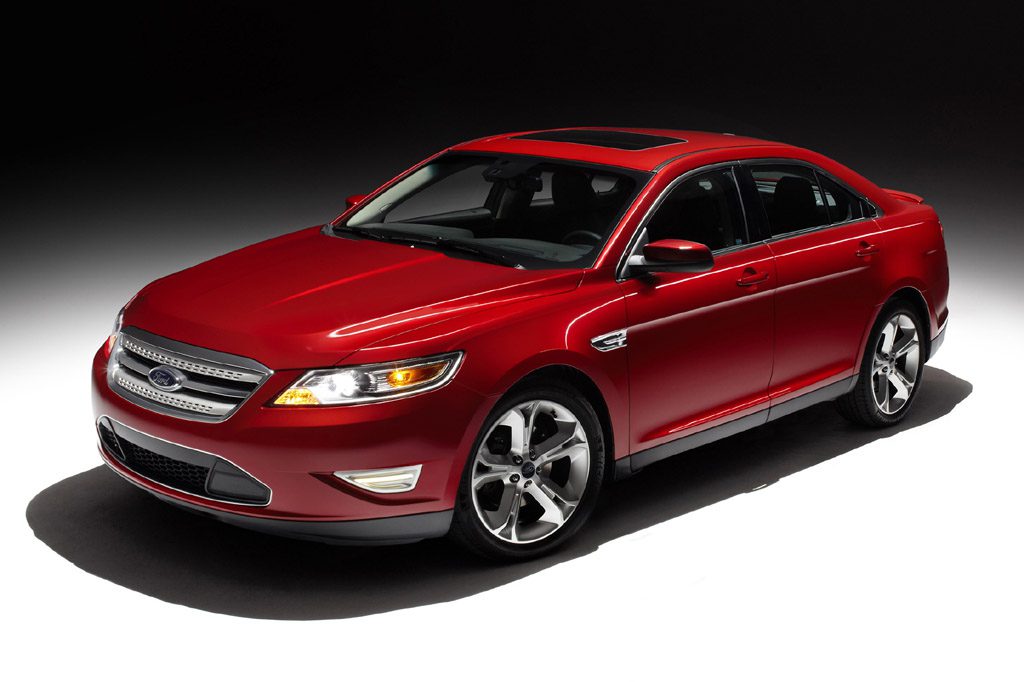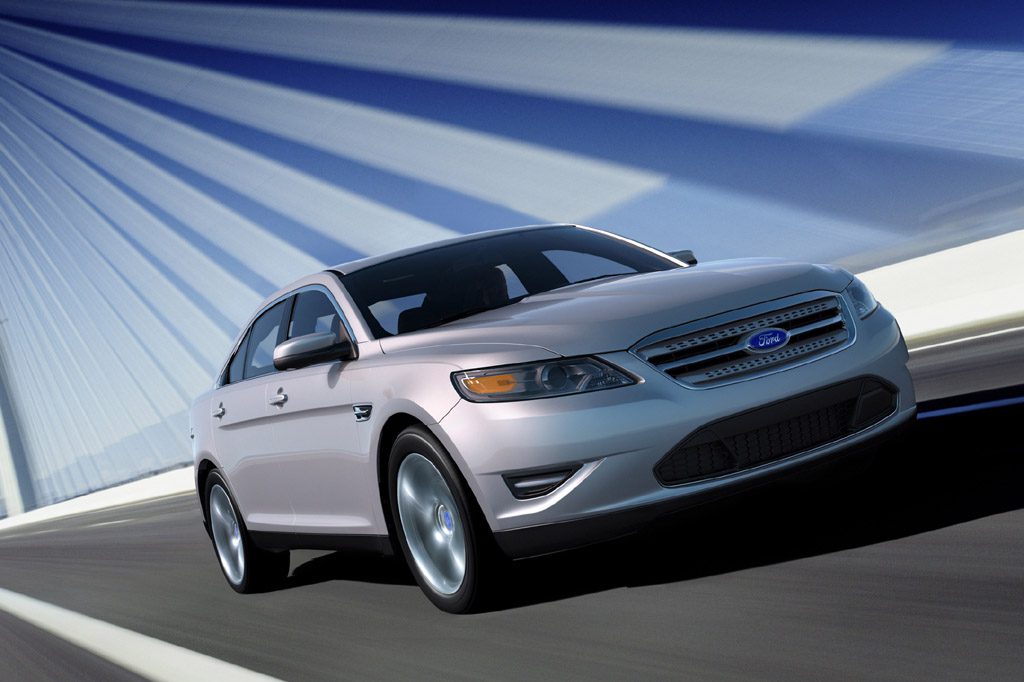| Large car; Built in USA |
|
|
| Good condition price range: $3,700 – $16,100* |

2010 Ford Taurus front

2010 Ford Taurus rear

2010 Ford Taurus interior

2010 Ford Taurus SHO

2010 Ford Taurus
| Pros: |
|
| Cons: |
|
Ford’s revamped Taurus has a lot going for it. This Best Buy (2010) and Recommended (2011-12) large sedan is smooth, quiet, refined, and surprisingly engaging to drive. That last point goes double for the SHO, which delivers V8 power with the promise of V6 fuel economy. The SHO is fun to drive for a large car, but it would have been better had Ford made its engine note more in keeping with its sporty leanings. No Taurus is as cavernous inside as previous models, but Ford’s flagship sedan offers a breadth and depth of features, gadgets, and trim levels. Moderate new-car prices have made it stand out among a wide variety of midsize and large cars, but secondhand Tauruses might cost a bit more than expected.
Overview
Part of Ford’s lineup since 1986, through several generations, the Taurus got a major makeover for 2010, including revised exterior and interior styling, along with new features. Ford also revived the high-performance Taurus SHO to satisfy potent-sedan fans. This large sedan retained the basic platform and powertrain of the 2008-09 Taurus. The 2010 model reprised SE, SEL, and Limited trim levels, all with front-wheel drive. All-wheel drive was offered on SEL and Limited models. All were powered by a 263-horsepower 3.5-liter V6 engine teamed with a six-speed automatic transmission. The high-performance Taurus SHO (Super High Output) returned for 2010 after last being produced in 1999. This updated SHO got Ford’s “EcoBoost” turbocharged 365-horsepower 3.5-liter V6 engine; a six-speed automatic transmission; and all-wheel drive.
Standard Taurus safety features included antilock braking, traction control, an antiskid system, curtain-side airbags, and front-side airbags. Blind-spot alert also was offered, along with Ford’s Cross Traffic Alert, which was designed to sense oncoming traffic when slowly backing out of a parking spot. SOS Post-Crash Alert unlocks the doors, sounds the horn, and activates the emergency flashers in the event of an airbag deployment. Among the available features were leather upholstery, heated front seats, rear-obstacle detection, a navigation system, adaptive cruise control, and Ford’s Sync voice-activated control interface. Aiming at parents, MyKey allowed owners to program a key that could limit the vehicle’s top speed and audio volume. A capless fuel filler was standard, and keyless access/engine start was available. SHO models had specific steering, suspension tuning, and brakes. A SHO-exclusive “Performance Pack” included uprated brakes and 20-inch summer-only tires. Large-sedan competitors for the Taurus included the Buick LaCrosse, Hyundai Azera, and Toyota Avalon.
Yearly Updates
| 2011 Taurus Ford’s Taurus was largely unchanged following its model-year 2010 freshening. |
| 2012 Taurus Blind-spot mirrors were added to the 2012 Ford Taurus, but there were no other changes of note. |
| 2013 Taurus Taurus received several updates for 2013 including tweaked styling inside and out, a more powerful standard V6 engine, the option of Ford’s EcoBoost 2.0-liter turbocharged 4-cylinder engine, and the latest iteration of MyFord Touch. Other new features included torque vectoring control, curve control, active grille shutters, and available active front seats. |
| 2014 Taurus For 2014, Taurus SHO gained a new lane-departure warning system. SHO’s revised brakes and steering were claimed to have improved driving dynamics. |
| 2015 Taurus The 2015 Ford Taurus saw a few minor updates–mainly the addition of standard features such as a rearview camera and Ford’s Sync system on SE models, and a backup warning system and keyless access/starting on SEL models. Limited models got standard power-adjustable pedals with memory and an available power sunroof. |
